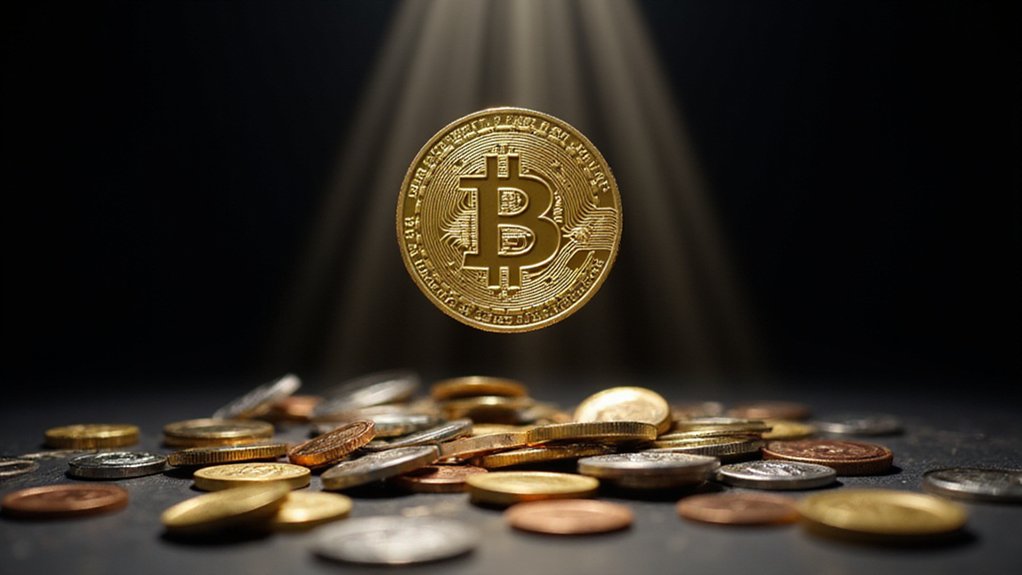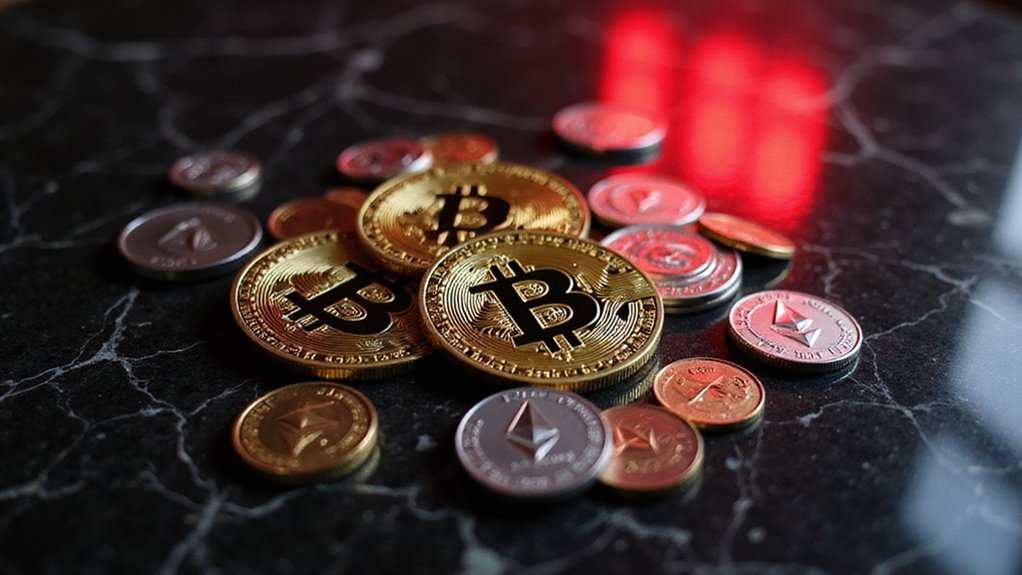Why would anyone believe that a collection of cryptographic hashes and digital signatures could represent the ultimate form of capital—particularly when most traditional economists still regard Bitcoin as either an elaborate Ponzi scheme or, at best, a speculative asset with all the stability of a caffeinated day trader?
Michael Saylor, MicroStrategy’s chairman and perhaps Bitcoin’s most eloquent evangelist, delivered a recent speech that attempted to answer precisely this question with the fervor of a digital-age prophet.
Saylor’s argument hinges on Bitcoin’s mathematical scarcity—a fixed supply of 21 million coins that renders traditional monetary policy tools as obsolete as a telegraph operator in the smartphone era.
Unlike fiat currencies, which central banks print with the enthusiasm of a teenager discovering their parents’ credit card, Bitcoin’s issuance follows a predictable schedule immune to political interference or economic panic.
This engineered scarcity transforms Bitcoin into what Saylor calls “digital energy”—a store of value that maintains purchasing power while traditional currencies succumb to inflationary pressures that would make Weimar Germany blush.
The permissionless nature of Bitcoin’s network creates what amounts to a borderless capital system, accessible to anyone with internet connectivity regardless of geographic location or banking relationships.
This democratization of financial infrastructure operates through cryptographic protocols so robust that tampering with the ledger requires more computational power than most nation-states possess—a security feature that makes traditional banking’s centralized vulnerability seem quaint by comparison. Bitcoin’s SHA-256 hashing encrypts transaction data into a 256-bit hexadecimal format that provides the mathematical foundation for this unprecedented security architecture.
Perhaps most compelling to institutional investors is Bitcoin’s performance history, which has outpaced traditional asset classes including the NASDAQ 100 by margins that defy conventional portfolio theory.
Despite volatility that would give actuaries nightmares, Bitcoin has delivered substantial returns for long-term holders while gradually attracting institutional capital that brings increasing legitimacy to what critics dismiss as mere speculation. The network’s architecture prevents single-entity control, ensuring that no government or institution can unilaterally manipulate the monetary system that has plagued traditional currencies throughout history.
Saylor’s vision positions Bitcoin not merely as another investment vehicle but as the inevitable evolution of capital itself—a monetary technology superior to gold’s physical limitations and immune to fiat currency’s political machinations. While Bitcoin faces scalability challenges, emerging Layer 1 blockchains demonstrate that transaction speeds of up to 1.4 million per second are technically achievable, suggesting the infrastructure for mass adoption continues evolving rapidly.
Whether this represents prescient insight or elaborate delusion remains the trillion-dollar question facing modern finance.









